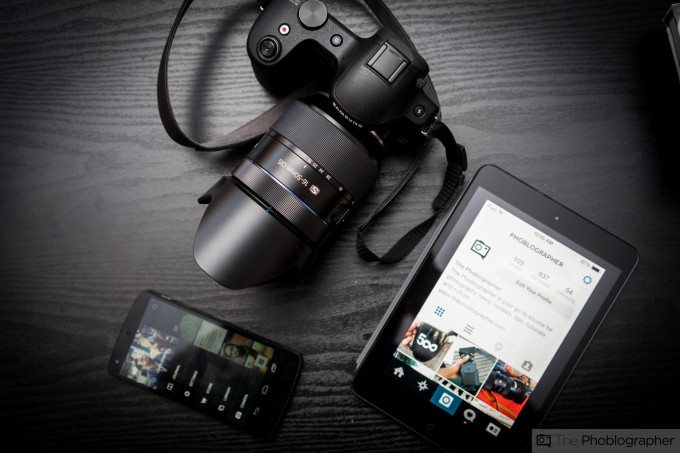Last Updated on 07/02/2014 by Chris Gampat
Last week at Google I/O the search company unveiled a preview of the next version of Android called “L.” While the new mobile OS features a new look and plenty of features, Android Police discovered some underlying changes in the Android L Developer Documentation revealing a number of key changes including RAW image capture in Adobe’s open DNG RAW format.
What’s more the apps will allow users to manually control every aspect of an exposure including shutter speed, ISO sensitivity, exposure compensation, metering mode, focusing distance, flash tone, tone curve, color correction, and more. Supposedly the new Android release will also allow for faster capture, thanks to a “fully-synchronized processing pipeline.”
While it will be an amazing feat for every Android phone to be to produce RAW images, it might be a feature many users will be disinterested in. Not only are RAW images bigger, taking up valuable storage space, they are also almost entirely unprocessed. A large majority of smartphone photos look great because of the way these small cameras process images in-camera.
With the HTC One cameras perform with poor dynamic range where highlights go out of control. Meanwhile, the Nexus 5 had its own flaws early own with a slow shutter speed until a software update fixed it later on. These are just a few problems Android cameras already have and having unprocessed images could uncover even more flaws with these small sensors.. While RAW images will give users more wiggle room to fix photos in post, it could also mean users will have to process every image out of the camera.


